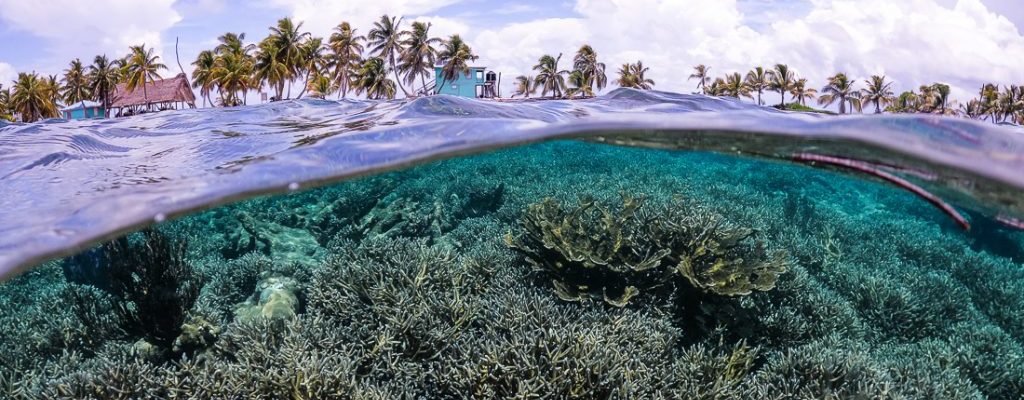The Belize Barrier Reef is the most sought-after destination in our beloved jewel. At 185 miles long, it is the second largest barrier reef in the world and was declared a UNESCO World Heritage Site in 1996. It has seven marine protected areas: Blue Hole Natural Monument, Half Moon Caye Natural Monument, Bacalar Chico National Park and Marine Reserve, South Water Caye Marine Reserve, Glover’s Reef Marine Reserve, Laughing Bird Caye National Park, and Sapodilla Cayes Marine Reserve. The lush blue waters are bountiful with biodiversity having over 500 species of luminous fishes, sea creatures, and corals. There are also varying reef types, including fringing, barrier, faro, patch, and atoll. The wonders don’t stop there! The Belize Barrier Reef also has three of the four atolls in the Western Hemisphere.
Several non-governmental organizations, small businesses, and locals in Belize champion the reef’s protection to preserve it for generations to come. Here are five conservation projects currently ongoing to protect this remarkable reef:
More Coral = More Fish. After the devastation to the reef in Southern Belize due to Hurricane Iris in 2001, the ecosystem was in dire need of saving. Marine Biologist Lisa Carne, community fisherfolks, and locals began the fragmentation process – asexually reproducing corals. With a continuous effort to restore the corals in Laughing Bird Caye, Carne founded Fragments of Hope, a community-based non-profit organization. Currently, the NGO has a ‘More Coral = More Fish’ campaign to restore corals in other parts of the Barrier Reef, which includes False Caye and South Silks Caye. Carne and her organization visit schools to educate children on the importance of reef restoration.
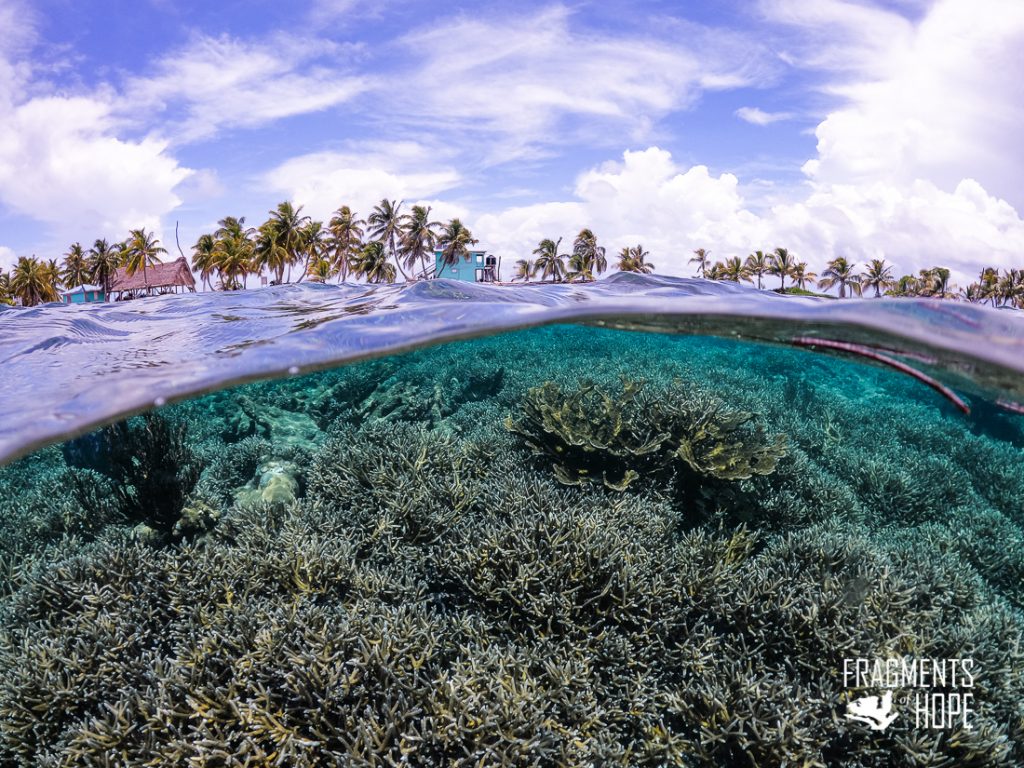
Fish Right, Eat Right. As a collaborative effort with several organizations, Oceana Belize launched the Fish Right Eat Right (FRER) certification program in 2016 to discourage illegal fishing and promote sustainability and responsible food sourcing and consumption in Belize. This program helps to protect the beloved Barrier Reef through sustainable fishing, which restores fish stock and builds the marine ecosystem. The FRER program has trained 53 fisherfolks and 48 restauranteurs via online training packages on sustainable fishing methods, fisheries regulations, fish handling, and several others. The Fish Right Eat Right program ensures that consumers get the best and the most sustainable catch when having sea-to-plate meals.
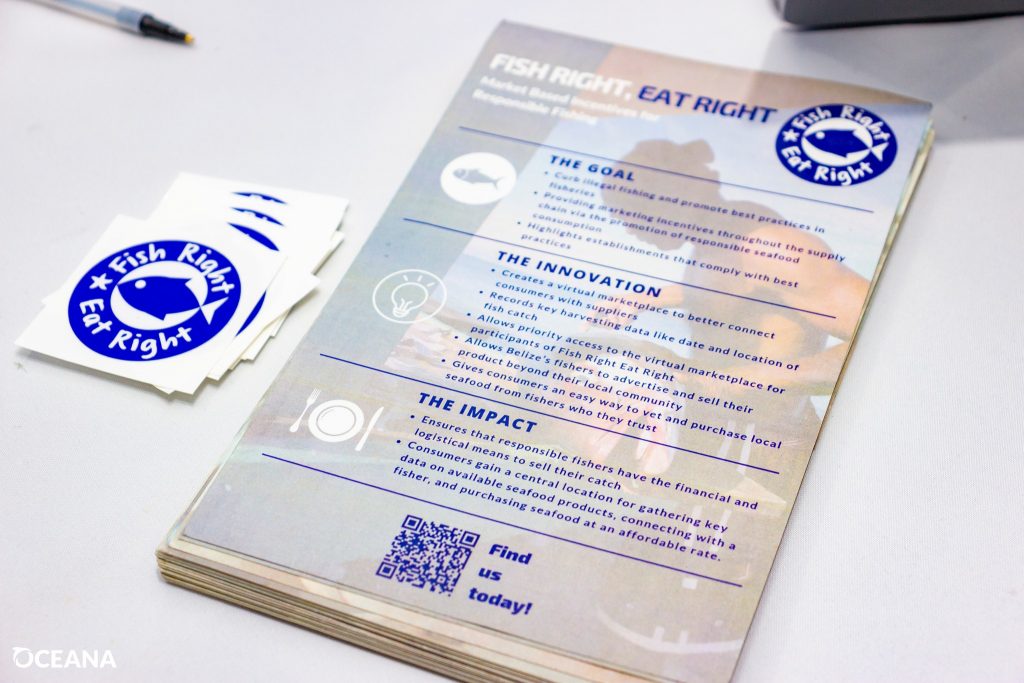
Bye-bye Single-use Plastic Bags. In 2017, the Department of Environment found that Belize imported billions of single-use plastics and Styrofoam yearly. The massive number of single-use plastics raised an alarm which led to signing into law the Environmental Protection Resolution. This resolution would phase out single-use plastics and Styrofoam. Banning single-use plastics was highly critical to the Barrier Reef as thousands of animals such as sea turtles, marine mammals, and even seabirds were being entrapped or ingesting these harmful materials. The pollution of the reef also affects the livelihood of fisherfolks. The community has been helping to spread awareness by participating in clean-up campaigns and a social media educational campaign on several topics regarding the ban of single-use plastics and information about the famed Belize Barrier Reef.
Boat-to-Boat. The Turneffe Atoll is one of the most exemplary and diverse marine ecosystems within the Mesoamerican reef system. The Turneffe Atoll Sustainability Association (TASA) has worked tremendously in maintaining this pristine atoll. They created the education and outreach boat-to-boat campaign to inform fishers of current, updated, and new fisheries regulations, especially regarding the Turneffe Marine Reserve. It also builds relationships and transparency with TASA and fisherfolks so that they can support and participate in any future projects.
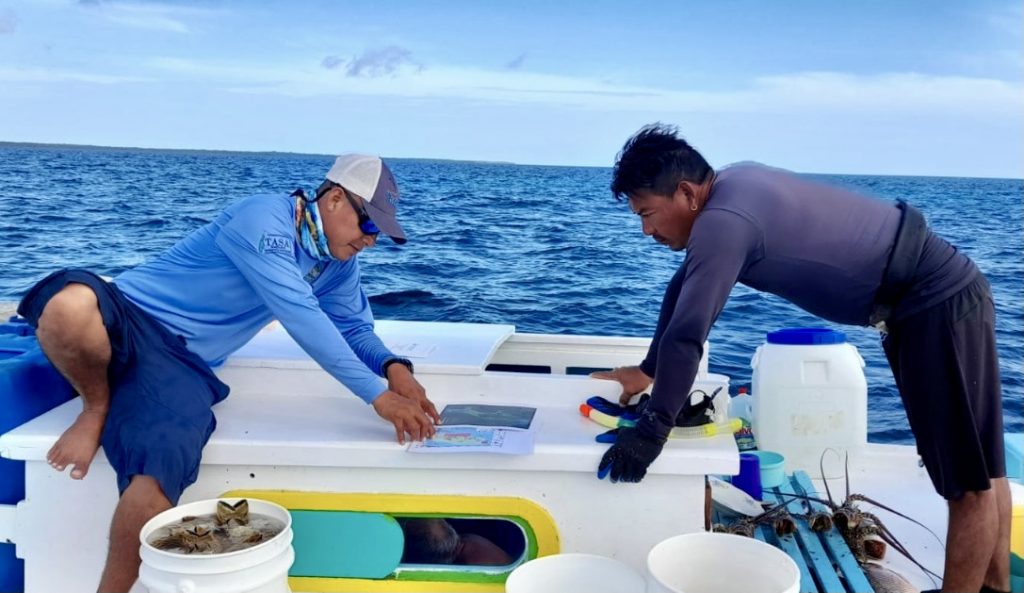
Seaweed Farming. TASA has also helped protect the Belize Barrier Reef by installing a mooring network in the marine reserve to ensure proper moorings, channel markers, and zonation demarcation for tourism and fishing vessels to avoid damaging coral and seaweed ecosystems. Additionally, it helps with carefully navigating the precious marine reserve and reducing fuel consumption and carbon footprint. TASA is even working on the Seaweed Mariculture Initiative for Turneffe fishers. This initiative will train fishers to build their seaweed farms, techniques to cultivate seaweed and diversify their source of income. Seaweed farms also reduce ocean acidification and carbon sequestration, contributing to a healthy reef system.
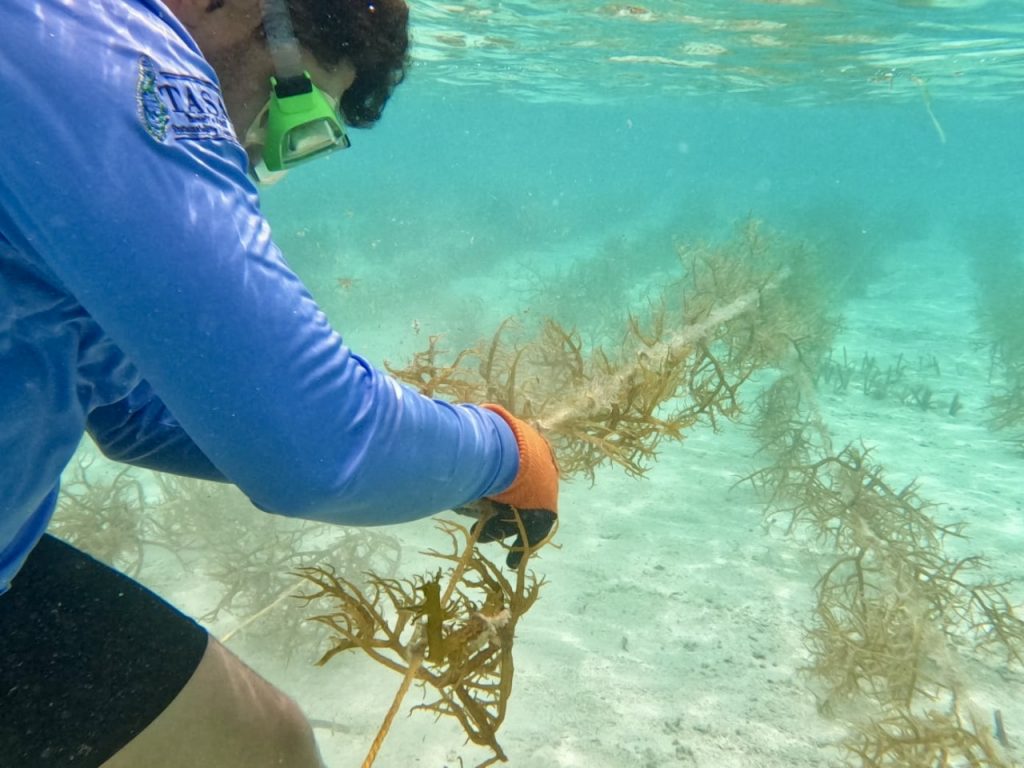
Check out these NGOs for more information about these various projects and how you can help protect our precious Belize Barrier Reef.
The post 5 Conservation Projects for the Belize Barrier Reef appeared first on Travel Belize.
 info@belizevaca.com
info@belizevaca.com
